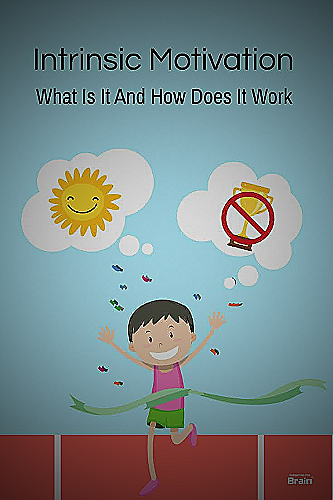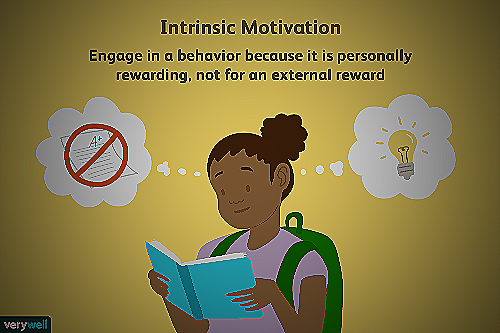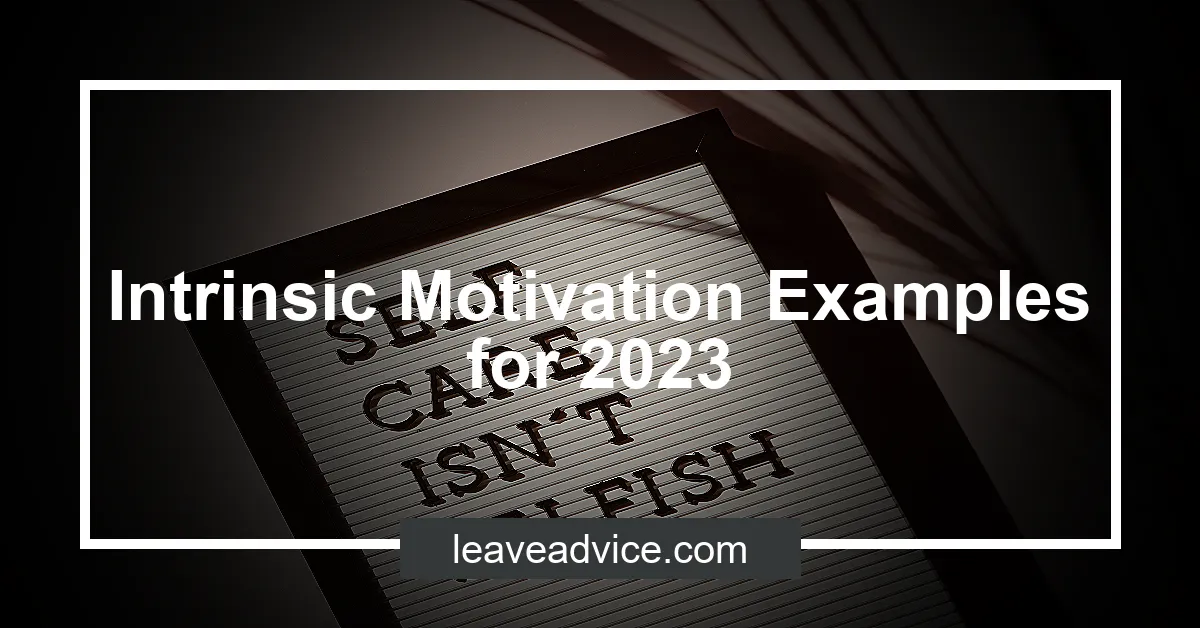Intrinsic Motivation Examples for 2023
Intrinsic motivation is the inner drive that compels individuals to engage in an activity, purely for the enjoyment and satisfaction it provides without external pressures or rewards. It is a significant aspect of personal growth, creativity, and sustained effort towards achieving goals.
Intrinsic motivation is essential for task persistence, ensuring the exploration of solutions, and seeing a project through completion. Additionally, it facilitates positive affect and encourages individuals to learn, develop and acquire new skills.
In this post, we will explore different intrinsic motivation examples and the impact they have on individuals.
Check out this Youtube video to discover examples of intrinsic motivation and why it’s crucial to achieving your goals.
Intrinsic Motivation Theory
Intrinsic motivation is an essential factor in driving one’s behavior towards achieving personal goals. The intrinsic motivation theory postulates that the primary drivers of behavior stem from internal factors such as self-interest or personal gratification, rather than extrinsic factors such as rewards or punishments.
The theory suggests that individuals are more likely to engage in an activity or task when they find it personally satisfying, challenging and fulfilling.
Instances of inherent drive.
There are several examples of intrinsic motivation that one can encounter in their daily lives. For instance, engaging in creative projects such as music, writing or painting, simply because one enjoys doing it, can be an example of intrinsic motivation.
Similarly, playing a sport just for the fun of it, or staying late to complete a task because one is personally invested in it, can be considered as intrinsic motivation. Other examples of intrinsic motivation can include learning a new skill or a language, keeping a journal or diary and volunteering for a cause one believes in.
Benefits of Intrinsic Motivation
One of the most significant benefits of intrinsic motivation is that it increases task persistence and completion. When an individual enjoys the task at hand or finds it challenging, they are more likely to stick with it even when faced with difficulties.
Intrinsic motivation also fuels creativity and helps individuals to find unique solutions to problems. Furthermore, intrinsic motivation has been linked to positive affect, which in turn, enables individuals to maintain a positive outlook when facing challenges.
How to Develop Intrinsic Motivation
Developing intrinsic motivation can be a challenging task for many people, but certain strategies can pay off in the long run. Firstly, it is essential to choose tasks that one finds intrinsically motivating.
Attempting to force oneself to engage in activities that are not enjoyable is a recipe for failure. Secondly, setting achievable goals and establishing rewards for oneself can help individuals to stay focused and motivated.
Finally, keeping a growth mindset, embracing challenges and taking the time to reflect on one’s accomplishments can help maintain intrinsic motivation levels over extended periods.
Intrinsic Motivation vs. Extrinsic Motivation
Intrinsic motivation refers to doing something that is inherently interesting or enjoyable, while extrinsic motivation refers to doing something because it leads to a separable outcome. Intrinsic motivation is driven by internal desire, while extrinsic motivation is driven by external factors such as rewards, punishments, or pressure from others.
The effects of these types of motivation on behavior can be very different. Intrinsic motivation leads to task persistence and exploration, while extrinsic motivation can lead to a decrease in task interest and a focus on the outcome rather than the process.
Ultimately, intrinsic motivation is more likely to result in a positive affect and love of the task, which are important components of creative work.
Examples of Intrinsic Motivation
Intrinsic motivation is when an individual is driven by personal or internal desire. It can be seen in various real-life examples, including:
- Working hard to earn a degree or certification to pursue a specific career passion or interest
- Continuing to work at a job because of enjoyment rather than solely for a paycheck
- Striving to improve skills or knowledge in a particular area because of a personal drive for growth
- Putting in extra effort because of a passion or love for a task or project
Overall, intrinsic motivation is crucial for persisting through tasks and project completion, ensuring exploration of solutions, and experiencing positive affect in creative work.

Intrinsic Motivation Factors
Intrinsic motivation factors are internal drivers that compel individuals to engage in activities because they derive enjoyment or satisfaction from doing them. These factors include autonomy, mastery, and purpose.
Autonomy
Autonomy relates to the level of independence or control that individuals have over their work or activities. When individuals have the freedom to decide how they will approach a task, make decisions, and contribute their ideas, they feel a sense of ownership and pride in their work.
This sense of ownership motivates them to excel, leading to better outcomes and results.
Mastery
Mastery refers to the desire to continually improve one’s skills and abilities. Individuals driven by mastery seek to understand and gain expertise in their work or activities.
They constantly look for ways to challenge themselves and push their boundaries, making them more competent and confident in what they do. As they achieve greater mastery, they are more motivated to continue learning and growing.
Purpose
Purpose relates to the meaningfulness or significance that individuals find in their work or activities. When individuals feel that their work has a purpose or makes a difference, they are more invested in it.
Purpose-driven individuals are more likely to persevere and overcome challenges, as they believe their efforts are contributing to a greater good or noble cause. This sense of purpose provides a deeper level of motivation and fulfillment, leading to greater job satisfaction and personal growth.
How to Cultivate Intrinsic Motivation
Intrinsic motivation is essential for task persistence and creative work. Here are some practical steps for developing and maintaining intrinsic motivation:
- Setting personal goals that align with passions and interests: Identifying personal goals that align with one’s passions and interests can help cultivate intrinsic motivation.
- Understanding individual strengths and weaknesses: Understanding one’s strengths and weaknesses can help in identifying areas of interest and developing strategies to overcome challenges.
- Breaking tasks into manageable chunks: Breaking larger tasks into more manageable chunks can help in building momentum and developing a sense of accomplishment.
- Celebrating successes along the way: Celebrating successes, no matter how small, can help in maintaining motivation and building confidence.

Intrinsic Motivation in Parenting
Intrinsic motivation is an important factor in a child’s success in life. As a parent, it is important to foster intrinsic motivation in your child.
Here are some ways to encourage your child’s intrinsic motivation:
- Encourage autonomy and independence: Allowing your child to make choices and decisions will provide them with a sense of control and ownership over their actions. This sense of control will help them feel more invested in their tasks and boost their motivation.
- Help children develop skills and knowledge through practice and experience: Practice is key when it comes to developing new skills, and it is important to provide children with opportunities to practice in a safe and supportive environment. This will help them feel competent and capable, which in turn will boost their confidence and motivation.
- Provide opportunities for self-reflection and goal-setting: Encourage your child to reflect on their successes and failures and set goals for themselves. This will help them develop a growth mindset and understand that success is achieved through hard work and perseverance. It will also give them a sense of purpose and direction, which will boost their motivation to succeed.

Frequently Asked Questions
What are the benefits of intrinsic motivation?
Can extrinsic motivation ever turn into intrinsic motivation?
Conclusion
Overall, intrinsic motivation is crucial for personal growth and satisfaction. By engaging in activities that bring internal joy and satisfaction, individuals are more likely to persist in tasks, explore solutions, and achieve goals in a fulfilling way.
Examples of intrinsic motivation include pursuing education in a field of interest, staying at a company because of enjoyment, striving to improve skills, and working late because of a love for the task. Intrinsic motivation can be cultivated by promoting autonomy, framing goals as essential to individual success, and providing a sense of purpose.
While extrinsic motivation can be helpful in certain situations, long term success and fulfillment is more often achieved through intrinsic motivation.


